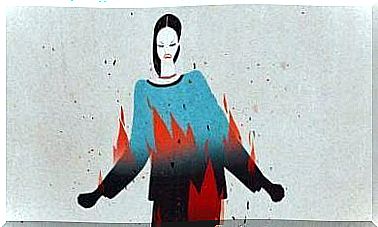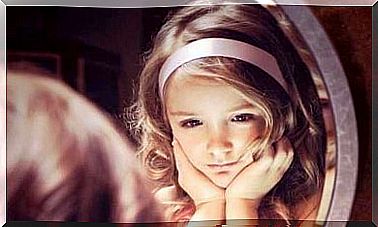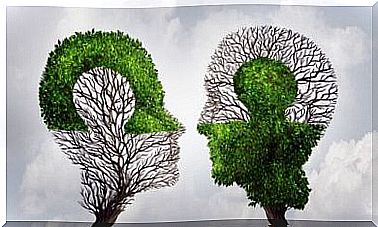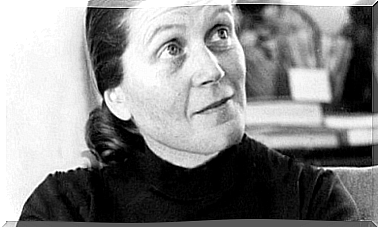Bronfenbrenner’s Theory Of Ecological Systems
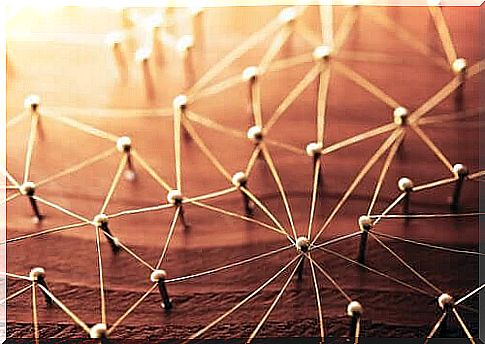
Bronfenbrenner’s theory of ecological systems is one of the most accepted explanations when it comes to the influence of social environments on human development. This theory argues that the environment you grow up in affects every facet of your life. Social factors determine your way of thinking, the feelings you feel, and the things you can and do not like.
From the beginning, Bronfenbrenner’s theory of ecological systems has been the starting point for researchers in many different disciplines. For example, developmental psychology and sociology draw directly from this theory.
Bronfenbrenner shared his idea with the world for the first time in 1979 in his book, entitled The Ecology of Human Development. In this article you will learn about the basic arguments of the theory.
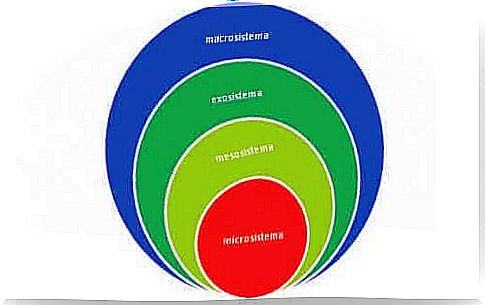
Bronfenbrenner’s theory of ecological systems
Urie Bronfenbrenner noted that a child’s nature depends on the context in which it grows up. Therefore, he decided to study which factors have the greatest effect on development in childhood. Bronfenbrenner considered the environment to consist of four interrelated systems. He added a fifth system later in his career.
Because the five systems are interrelated, the impact of a system on a child’s development depends on its relationship to the others. Bronfenbrenner organized them in an order according to how much influence they have on a child.
If you change your environment, you will change. If you move to another country with a different culture, your identity will surely change. The same can happen if your social role within one of the systems changes.
Here are the five systems from Bronfenbrenner’s theory of ecological systems:
1. Microsystem
The microsystem consists of the groups that have a direct contact with the child. Family and school are some of the most important, although there may be many other groups. The relationship between this system and a child’s development is clear. However, this influence can go both ways.
The beliefs of the parents certainly influence who the child will end up being. But the child is also able to change the beliefs of the family members. The same thing happens in school and all the other groups that make up the microsystem.
2. Mesosystem
The second system in Bronfenbrenner’s theory consists of the relationship between the groups in the first system. The relationship between parent and teacher, for example, has a direct impact on the child.

Exosystem
The third level also involves factors that affect a child’s life. However, the elements of this system do not have a direct relationship with the child. An example of an exosystem would be the company where the child’s parents work.
It will affect the parents’ point of view, how much free time they have and their well-being. Therefore , the company also has an influence on the child’s development.
Macrosystem
It contains the cultural elements that affect the child and everyone around him or her. A few examples would be cultural values or an official religion.
In this case, the macrosystem affects development because it determines how other systems can express themselves. Again, this is a case of indirect influence. It affects development because it changes the groups that affect the child directly.
5. Kronosystem – the last system in Bronfenbrenner’s theory of ecological systems
Bronfenbrenner added this system to his theory later. It refers to the stage of life that a person is in, according to the situations he or she is going through. For example, the death of a loved one can have a very different impact on a young person compared to an older person.
Bronfenbrenner’s theory of ecological systems is not perfect, but you can transfer it to countless fields of study. Despite the fact that it does not take biological factors into account, it is one of the best explanations for the impact of the social environment on an individual’s life.



